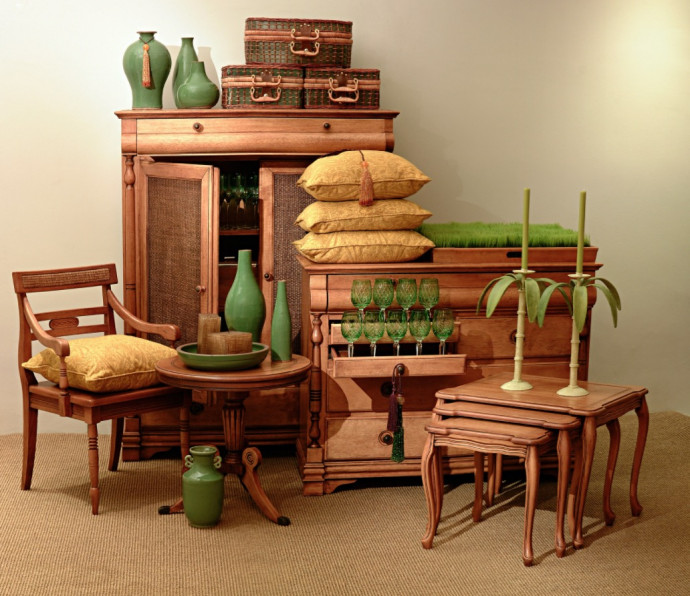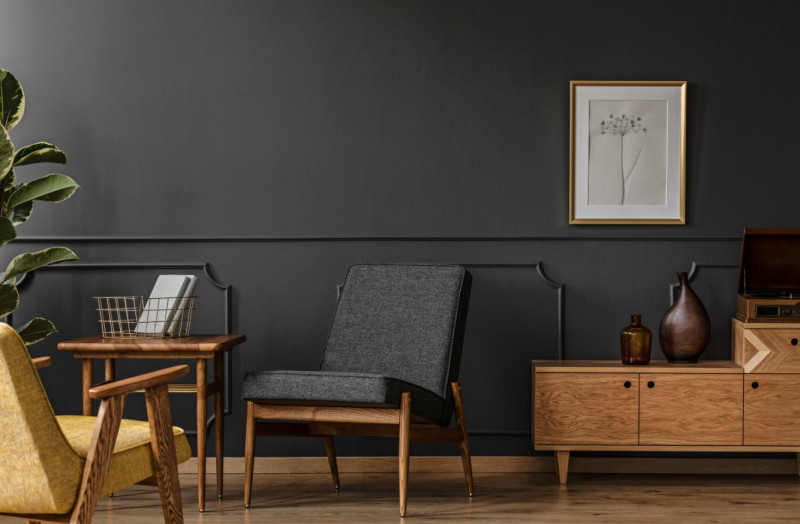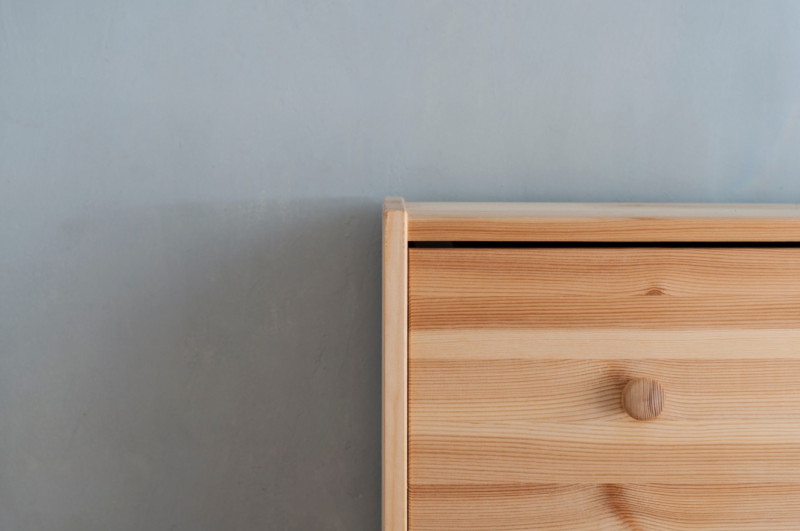7 Wood Furniture Care Tips

Should you dust, clean, or wax your wood furniture? If you think about the strength of a tree, you’ll understand that wooden furniture is pretty robust! How you care for your furniture is more important than spraying it with polishes and using waxes. As long as you keep wet away from wooden furniture by using drink coasters and mopping up spills right away, then wood will virtually take care of itself. To keep your wooden furniture in peak condition, read these simple tips and make your home's wood surfaces sparkle like new.

1. White vinegar: makes a great cleaner for any type of wood, including wooden floors. Spray it on neat and wipe with a soft cloth.
2. Olive oil
straight from the kitchen cupboard, olive oil will add a beautiful shine to your furniture and help protect it. Apply a few drops with a soft cloth and buff.
3. Olive oil and white vinegar wood “food”
Combine 3 parts olive oil with one part white vinegar in a bottle and shake to mix. This will create a nourishing product that wood will drink up. Add 10 drops of your favorite essential oil to the mix, if you wish. Apply this mixture onto wooden furniture with a cloth, rub in, and then buff with a separate dry cloth. Some people prefer to use a higher ratio of vinegar to oil and feel this works better. Why not try both and decide for yourself? Combine 4 tablespoons (2 fl oz) of white vinegar with a few drops of jojoba or olive oil, and 2 drops of lemon essential oil. Apply a small amount with a soft cloth to your furniture and buff with a separate clean, dry cloth.
4. Scented beeswax
Many “premium” furniture waxes contain beeswax, so why not make your own? This simple recipe will leave your furniture looking clean and beautifully nourished. In a heatproof glass bowl over a saucepan of simmering water, place 3 tablespoons each of beeswax and either olive, walnut, or jojoba oil along with one tablespoon of white vinegar. Stir gently until the ingredients have melted, then remove the saucepan from the heat and leave to cool for 10 minutes, keeping the bowl over the pan. Stir in 5 drops of your favorite essential oils (I like 3 of lemon and 2 of lavender). When the bowl is cool enough to handle, pour the mix into a glass jar with a lid. Use the wax as you would any regular wax cleaning polish, with a soft cloth. Buff after applying. Natural beeswax is available from your local beekeeper, on the Internet, and from some herbal stores.

5. Best Dusting Tools
When searching for a dusting tool for wood furniture, choose something that dust will cling to, rather than something that will pick it up only to spew it out into the air. Dry, soft cloths and feather dusters will effectively remove dust from wood furniture.
Classic feather duster: An ostrich-feather duster removes dust from easily damaged, delicate surfaces. In addition to wood furniture, feather dusters can be used on items such as silk lampshades, mirrors, picture frames, art, and fragile collectibles.
Treated cloths: Lint-free treated non-scratching cloths pick up and hold dirt. Use them in place of silicon sprays, which are not recommended for fine wood furniture.
Lamb's-wool duster: These contain lanolin, which attracts dust and makes it cling to the cleaning tool. Lambs-wool dusters are also effective for dusting carved or turned areas that cloths can't reach. A long handle makes them ideal for hard-to-reach areas, including high shelves, the top of tall furniture pieces, light fixtures, and ceiling fans.
Lint-free cloths: Clean cotton T-shirts or reusable diapers are commonly used as dusters. Microfiber cloths are another lint-free dusting tool. Dampen them slightly to help trap dust.
6. How to Polish Hardware
You’ll know it’s time to polish hardware when it begins to tarnish or become cloudy or discolored. If possible, remove hardware from the wood furniture piece and determine what kind of metal it is by testing a magnet against the hardware. If the magnet doesn’t stick, it’s solid brass. If it does, it’s most likely a brass plate with metal underneath. Clean with a metal or brass cleaner. Buff using a towel and reattach to furniture when completely dry.
7. How to Repair Surface Scratches on Wood Furniture
Scratching is almost inevitable with wood furniture. If the top of your piece is slightly scratched, apply paste wax or use a felt-tip touch-up pen. To treat deeper scratches that gouge into the wood, use wood filler or a colored filler wax stick available at hardware and home improvement stores. Match as closely as possible to the color of your piece, applying in several thin layers rather than in one thick layer.
